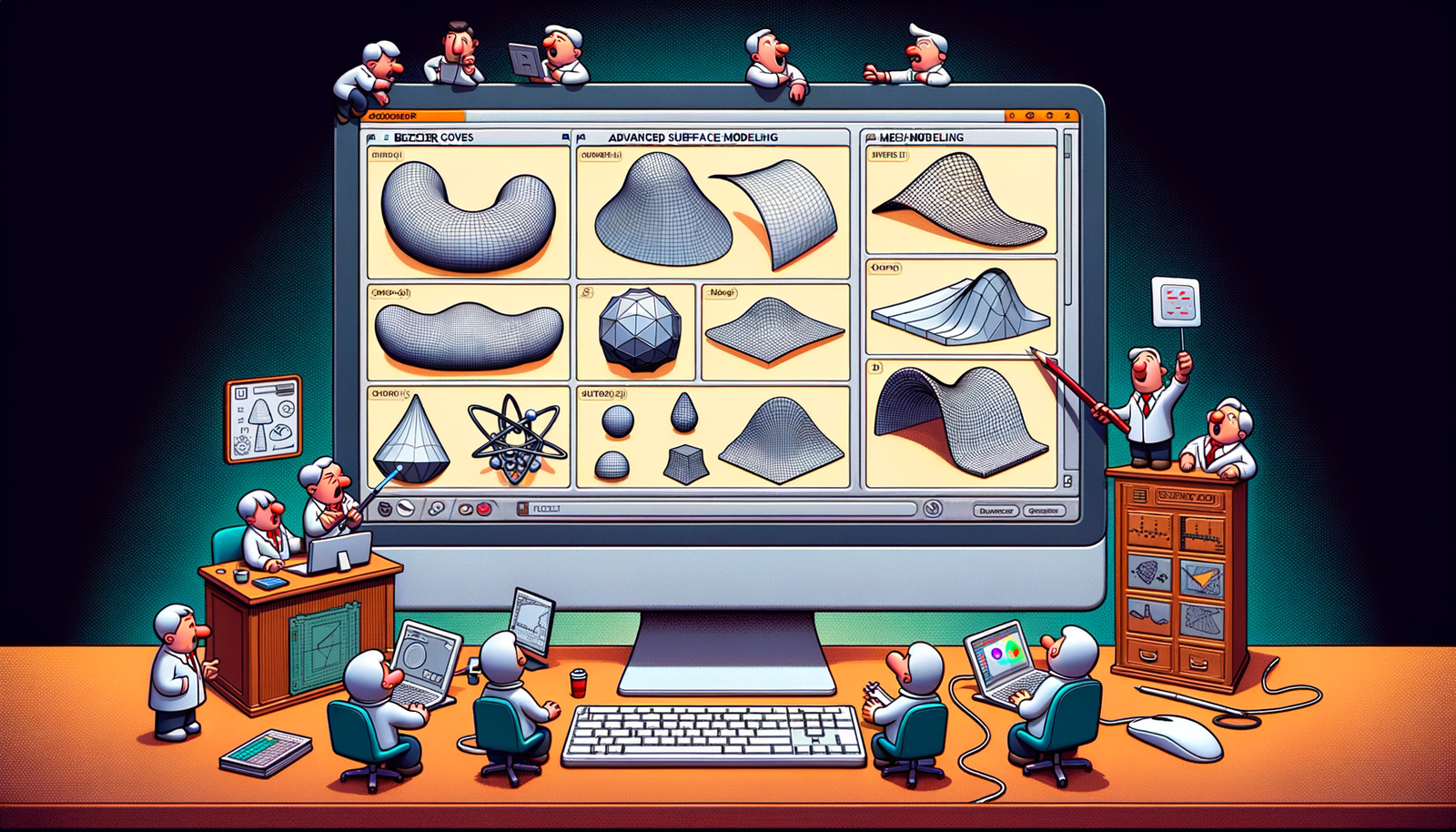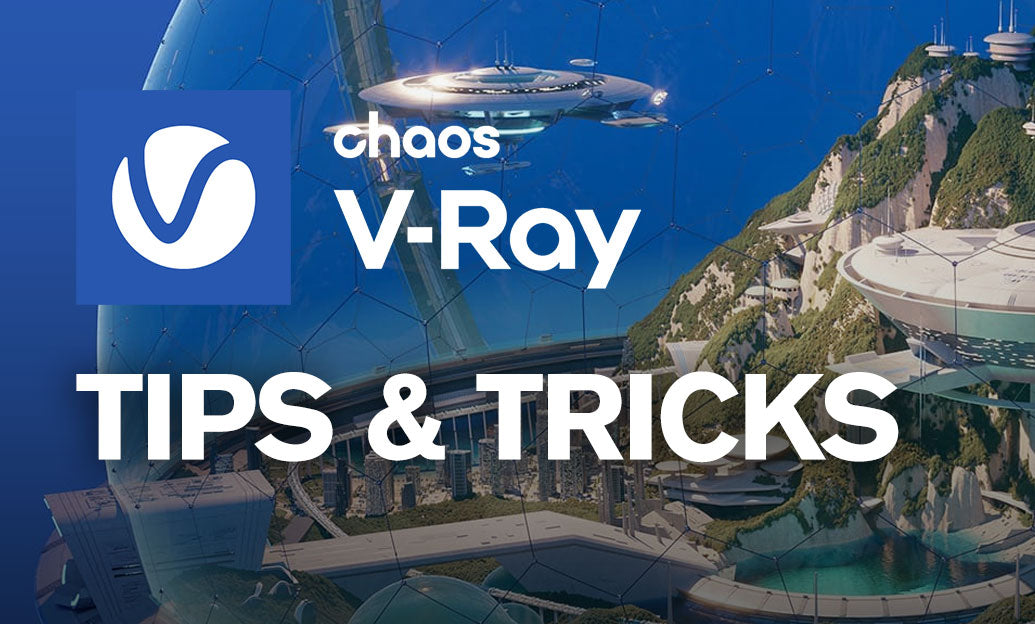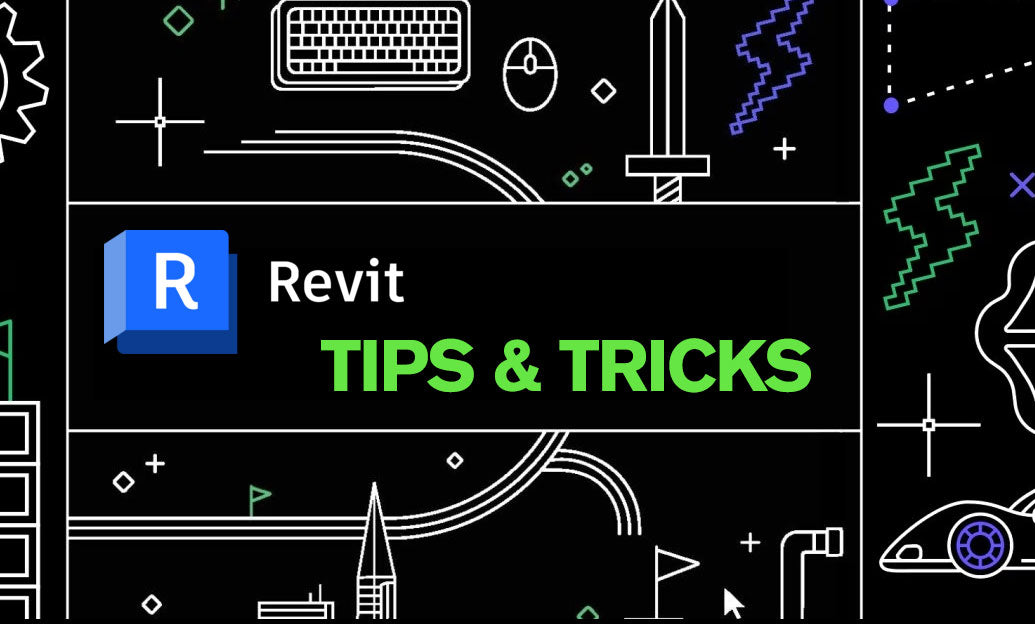Your Cart is Empty
Customer Testimonials
-
"Great customer service. The folks at Novedge were super helpful in navigating a somewhat complicated order including software upgrades and serial numbers in various stages of inactivity. They were friendly and helpful throughout the process.."
Ruben Ruckmark
"Quick & very helpful. We have been using Novedge for years and are very happy with their quick service when we need to make a purchase and excellent support resolving any issues."
Will Woodson
"Scott is the best. He reminds me about subscriptions dates, guides me in the correct direction for updates. He always responds promptly to me. He is literally the reason I continue to work with Novedge and will do so in the future."
Edward Mchugh
"Calvin Lok is “the man”. After my purchase of Sketchup 2021, he called me and provided step-by-step instructions to ease me through difficulties I was having with the setup of my new software."
Mike Borzage
Advanced Surface Modeling Techniques in CAD Software: From Bezier Curves to AI-Driven Optimization
August 26, 2024 3 min read


Introduction to Advanced Surface Modeling
Surface modeling stands at the forefront of modern Computer-Aided Design (CAD) technologies, enabling designers and engineers to create highly detailed and intricate geometries. Unlike solid modeling, which focuses on defining the volume of an object, surface modeling is centered around the exterior form. This distinction is crucial for industries that mandate precision and aesthetic excellence.
The journey of surface modeling began decades ago, evolving from rudimentary wireframes to the sophisticated algorithms used today. Early milestones include the introduction of Bezier curves and later, Non-Uniform Rational B-Splines (NURBS), which revolutionized how complex shapes are designed and manipulated within CAD environments.
Core Techniques in Surface Modeling
Bezier and NURBS Surfaces
One of the foundational techniques in surface modeling is the use of Bezier curves. Developed by French engineer Pierre Bézier for automotive design, these curves allow for smooth and scalable surface creation. By manipulating control points, designers can achieve desired curvatures with relative ease.
Building on the principle of Bezier curves, NURBS offer greater flexibility and precision. Unlike Bezier surfaces, NURBS can represent both standard geometric shapes and freeform surfaces, thanks to their ability to handle non-uniform weights. This versatility makes NURBS the go-to choice for industries requiring high fidelity and complex surface representations.
Subdivision Surfaces
Subdivision surfaces represent another leap in surface modeling. This technique involves iteratively refining a polygonal mesh to achieve a smooth surface. Initially used in character modeling for animation, subdivision surfaces have found extensive applications in the automotive and aerospace industries, where they help in designing aerodynamically efficient structures.
- Start with a coarse mesh
- Apply subdivision rules to refine the mesh
- Achieve a smooth and detailed surface
Parametric Surface Modeling
Parametric surface modeling introduces a higher level of abstraction by defining surfaces through parameters. This approach not only simplifies the design process but also enhances flexibility, enabling easy modifications. For instance, altering a few parameters can result in significant design changes, making parametric surfaces invaluable for iterative design processes.
Advanced Applications and Industry Examples
Automotive Design
In the realm of automotive design, advanced surface modeling techniques are indispensable. The ability to craft complex car body shapes with precision directly impacts both aesthetics and performance. Modern CAD software empowers automotive designers to create and refine surfaces that optimize airflow and minimize drag, which are critical factors in vehicle design.
Consumer Electronics
Surface modeling also plays a pivotal role in consumer electronics, particularly in designing sleek and ergonomic product casings. Whether it's the smooth curvature of a smartphone or the streamlined form of a laptop, surface modeling techniques ensure that these products are not only visually appealing but also functionally superior.
- Ergonomic designs for better user experience
- Sleek and modern aesthetics
Architecture and Construction
The architectural field leverages advanced surface modeling to create freeform and organic structures that push the boundaries of traditional design. Iconic buildings with unique geometries and fluid shapes often rely on surface modeling techniques to translate visionary concepts into tangible structures. This approach enables architects to experiment with forms that were previously considered impossible.
Future Trends and Innovations
Integration with AI and Machine Learning
As we look to the future, the integration of AI and machine learning with surface modeling is poised to bring about transformative changes. Predictive modeling and error minimization will become more streamlined, while AI-driven optimization will enable designers to achieve superior surface designs with reduced effort.
Real-time Collaboration and Cloud Computing
The advent of cloud computing is revolutionizing collaborative surface modeling. Real-time collaboration tools allow multiple designers to work on a single model simultaneously, irrespective of their geographical locations. This paradigm shift enhances productivity and fosters innovation, as ideas can be exchanged and implemented in real-time.
Enhanced Visualization and VR/AR
Virtual and Augmented Reality (VR/AR) technologies are set to redefine how complex surfaces are visualized. These immersive technologies allow designers to interact with their models in a 3D environment, providing a deeper understanding of surface intricacies. The future prospects of VR/AR integration in surface modeling are vast, with potential applications ranging from design validation to client presentations.
Conclusion
In conclusion, advanced surface modeling techniques have significantly evolved, offering unparalleled capabilities in CAD software. From Bezier and NURBS surfaces to parametric and subdivision modeling, these techniques cater to various industry needs, driving innovation in automotive design, consumer electronics, and architecture.
Looking ahead, emerging trends such as AI integration, real-time collaboration, and VR/AR visualization promise to further enhance the field of surface modeling. As these technologies continue to develop, the future of surface modeling in CAD software remains bright and full of possibilities.
Also in Design News
Subscribe
Sign up to get the latest on sales, new releases and more …





